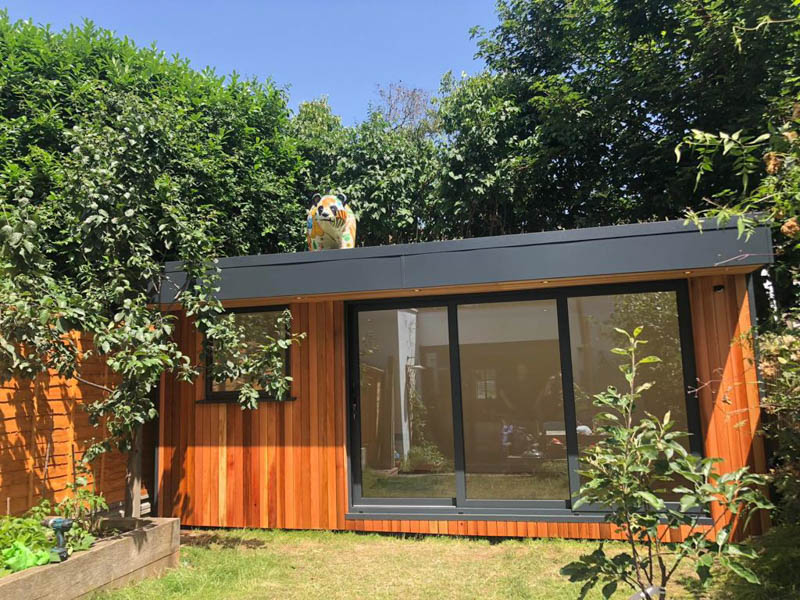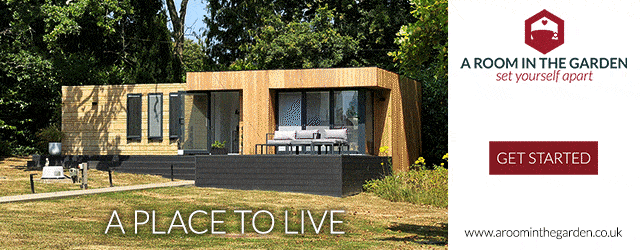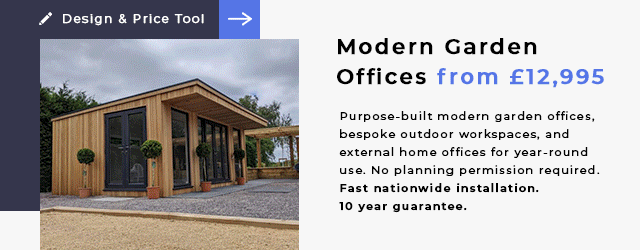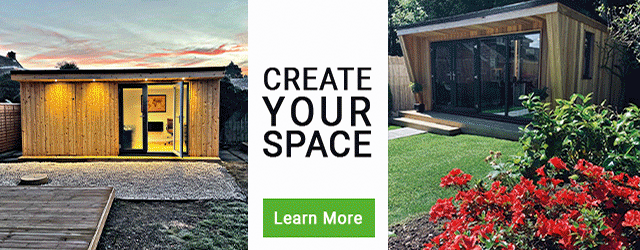Living roofs, also known as green roofs, have been popular in garden office design for many years. They add many benefits to the design. For instance, they add an additional layer of thermal insulation and can add to the acoustic qualities of the building. A living roof can help absorb water runoff and are good absorbers of CO2. They enhance the appearance of the building when viewed from an upstairs room - beneficial for you and your neighbours! But, most importantly, they are a valuable habitat in your garden for insects and birds.
Most commonly, we see varieties of Sedum used on garden room roofs. They are popular because they offer year-round interest, come in a variety of colours and most importantly require little maintenance.

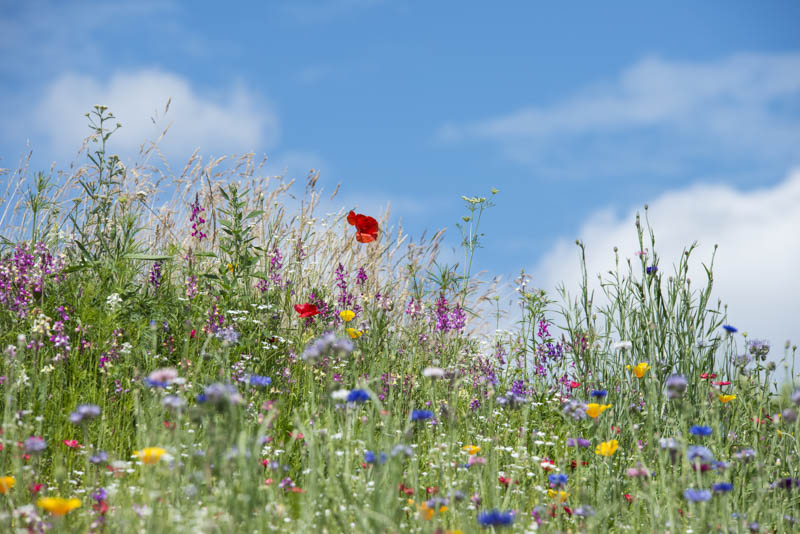
Recently, wildflower mixes have become more popular with garden room buyers. They offer more colour and texture than Sedum but do require more of a maintenance commitment. They need cutting at least once a year.
Like Sedum roofs, wildflower roofs are supplied in pre-sewn mats with the plants quickly embedding in, and knitting together. Even using lightweight growing mediums, etc., a living roof adds quite a weight to the structure of a garden room. Therefore, many designers will alter their standard roof design to accommodate for the needs of the living roof.
eDEN Garden Rooms offer wildflower roofs
Bespoke design specialists, eDEN Garden Rooms can incorporate a living roof into their designs. Their customers on this recent project in London, live in a three-storey house. They wanted their new building to look as good as possible when viewed from upstairs windows, so they chose to incorporate a wildflower roof.
Generally, the building they chose could have been built under the Permitted Development rules. In this case, though, a Planning Application was made to accommodate for the extra height needed to add the living roof. The eDEN team increased the size of the rafters to allow for the extra weight of the living roof system; this brought the building in taller than 2.5m which would have been the maximum allowed under the Permitted Development rules.
One building serving two uses
Originally, eDEN Garden Rooms customer planned to build two separate garden rooms. They wanted one to act as a home office and the other as a workshop. The eDEN team suggested that they could be better served by building one more substantial building that served the two uses. It would be a better use of space in the garden and would look more streamlined, plus it would open up more potential uses in the future.
eDEN Garden Rooms client was delighted with this suggestion, and it is proving the perfect space for both uses.
Completed within weeks of approval
Once the Planning Application was approved, the building was fully complete and ready to use within five weeks.



